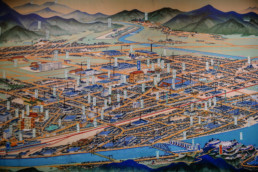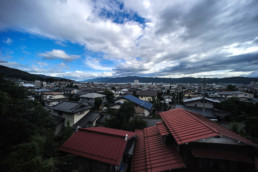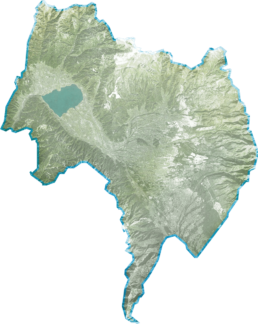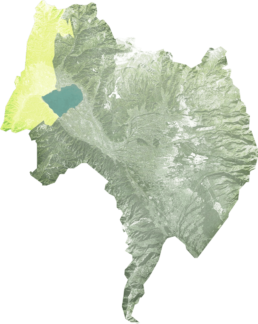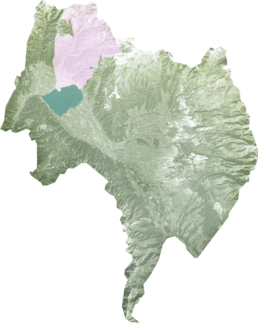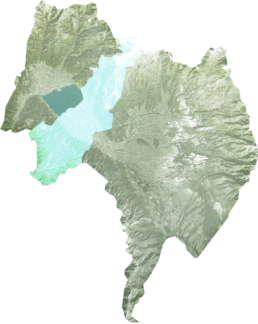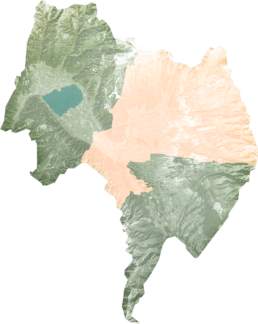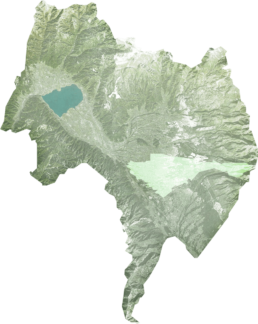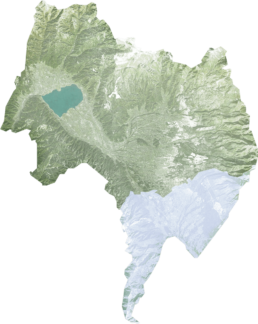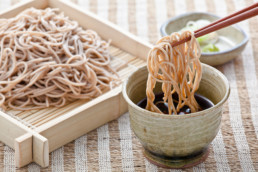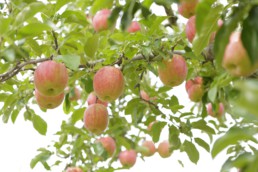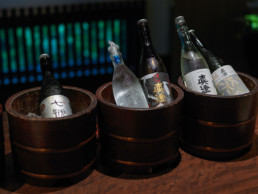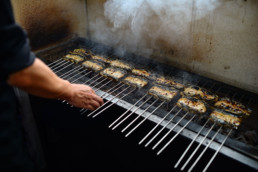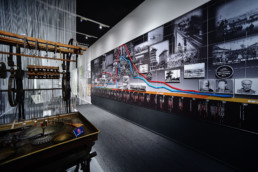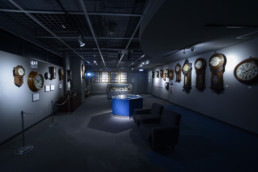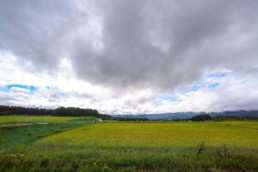Overview of Suwa
The Suwa area, with a population of around 210,000, rests on the shores of Lake Suwa in central Nagano Prefecture, Japan. Suwa is famous for its hot springs that are sourced from waters originating below Lake Suwa. Replete with Japanese-style ryokan (inns), high-end resorts, pension-style lodgings, French-style auberge (restaurant-inn combination lodgings) , and minshuku (guesthouse lodgings), this area makes an excellent retreat for Japanese and overseas tourists alike.
Foods local to the Suwa area include delicacies such as unagi (freshwater eel), miso, sake, strawberries and soba noodles. The area surrounding Suwa is filled with forested mountains and fields perfect for discovering Japanese nature and rural life.
The Suwa area is an adventurer’s paradise, with cycling and sport options aplenty that take advantage of the nearby mountain paths and slopes.
There are four main train stations that serve the Lake Suwa region: Chino, Kami-Suwa, Shimo-Suwa, and Okaya. All provide access to a great variety of historical buildings, activities, and experiences unique to this special corner of Nagano.
Culture in Suwa
Food & Drinks
Soba
Nagano is synonymous with soba noodles. The elevation and abundant flowing waters are the perfect environment for growing the buckwheat used to make this healthy food. In August, look to the fields for sweeping views of beautiful white soba blossoms. At the Shinshu Suwa Soba Noodle Making School, several experiences are available that give visitors the opportunity to make and eat their own soba noodles.
Fruits
Nagano is home to a wide variety of fresh fruits, including apples, apricots, peaches, grapes, and nectarines. In the spring and summer, the region’s many fruit-tasting activities and tours make for a sweet escape.
Sake, Shochu, & Wine
Suwa has multiple sake breweries, including the famous Miyasaka Brewing Company Ltd., which brews the sake Masumi. Most are in close proximity to one another. Each typically hosts sake-tasting events, and there are sake walking festivals in spring and fall, where visitors can purchase a cup and walk from brewery to brewery, tasting sake as they go. Shochu, wine, and other liquor can also be purchased at most of the breweries. Other famous breweries in Suwa include Reijin, Ito, and Maihime.
Unagi
A healthy population of freshwater eel in Lake Suwa ensures that there are unagi restaurants on almost every corner. In Okaya City, unagi is cut open from the belly and broiled over charcoal rather than the usual way of cutting it open from the back and steaming. Using this unique cooking style creates a crispy skin and fluffy fresh fish that pairs perfectly with the sweet sauce poured directly on the unagi.
Industry
Despite its fairly small population, Suwa is known as the leading industrial area of Nagano. Its advanced machinery has led to the local production of silks (headquarters of Okaya Silks), printers/scanners and timepieces (headquarters of Seiko Epson Corporation), and more.
Museums & Art
There are several unique museums in Suwa City with a range of artworks created by both local and internationally renowned artists.
Suwa City Museum of Art
The first public museum in Nagano, this historical building has a diverse collection, including Japanese-style and western paintings, woodblock prints, sculptures, artifacts, and calligraphy.
Suwa City Museum
Focusing on Suwa culture, this museum greatly details local activities and attractions such as the Onbashira (Honored Pillars) Festival, omiwatari (ice formations), and footbaths.
Weather
Suwa has distinct seasons which greatly affect the activities available for tourists. The summer months are very warm (average highs of 24 to 29°C / 75 to 85°F) while the winters are quite cold (average lows of −3 to −6°C / 20 to 25°F).
Precipitation is highest from June to September (though August is relatively dry), with very low precipitation from December to February. The spring months of March, April, and May typically have the most sunshine.
